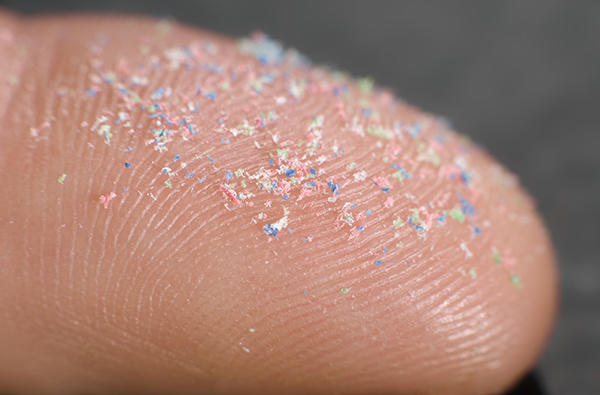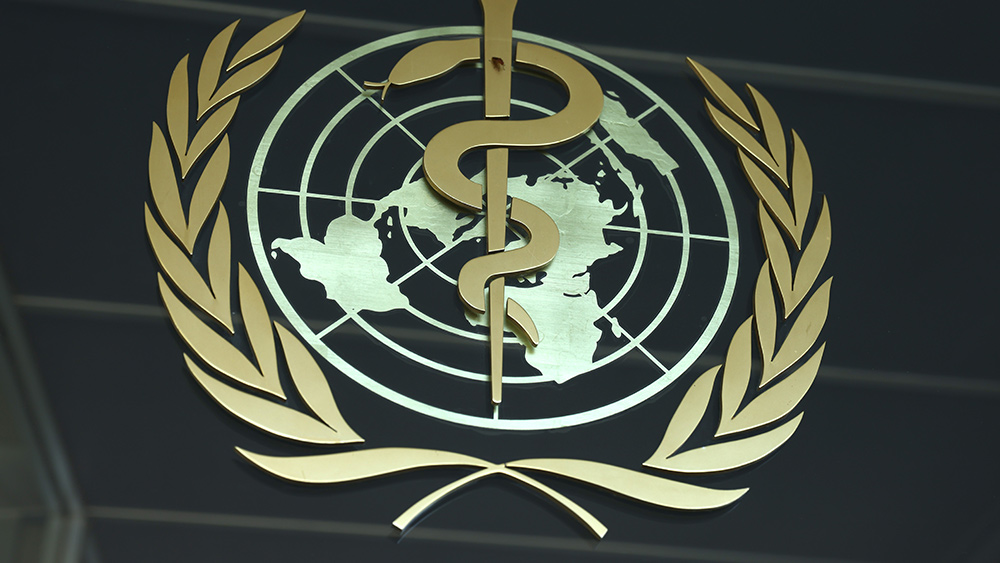
Microplastics and nanoplastics
Microplastics and nanoplastics are two types of plastic waste that have become a major concern for environmental and human health.
Produced from the degradation of larger plastic items (such as bags, bottles, covers, car tires, fishing nets, packaging material and others), microplastic particles are larger than one micrometer but smaller than five millimeters in size. On the other hand, nanoplastics are very tiny particles that range from one to 100 nanometers in size.
Bits of microplastic and nanoplastics accumulate in organisms and contaminate soil and water – causing harm to ecosystems, humans and wildlife. These plastic wastes also act as carriers of chemical pollutants that pose health risks to both animals and humans when ingested or inhaled.
Primary microplastics are intentionally manufactured to be as small as possible (e.g., microbeads in cosmetics and personal care products), or as microfibers in textiles (e.g., polyamide, polyester and polypropylene).
Because of their extremely small size, nanoparticles eventually end up inside the body, penetrating cells and tissues and causing more harm to humans and animals compared to bigger-sized microplastics. (Related: MICROPLASTIC INVASION: Researchers find microplastics in human heart tissue.)
Nanoplastics linked to Parkinson's and some types of dementia
According to the Parkinson’s Foundation, nearly a million people in the U.S. are living with Parkinson's disease, one of the most devastating neurological disorders characterized by the death of a specialist population of nerve cells that control movement.
"Parkinson’s disease has been called the fastest-growing neurological disorder in the world. Numerous studies suggested that environmental factors play a prominent role in increasing the risk of developing the disease but such factors have, for the most part, not been specifically identified," said Dr. Andrew West, who directs the Duke Center for Neurodegeneration and Neurotherapeutic Research.
As per the Parkinson's Foundation, almost one million Americans are afflicted with the disease and around 90,000 new cases are being diagnosed each year. Globally, more than 10 million people are suffering from it.
Researchers from the Duke University School of Medicine initially used different types of nanoplastic particles to facilitate biomarker assays for the diagnosis of Parkinson’s disease and dementia. (Related: Study: Microplastics accumulate in the brain and cause behavioral changes associated with dementia.)
Using three models – cultured neurons, a mouse model (genetically engineered to be predisposed to a condition similar to Parkinson’s) and test tube solutions – West and his team found that polystyrene nanoplastics interact with alpha-synuclein, a brain protein that plays an important role in nerve cell communication. Normally, alpha-synuclein is recycled within the nerve cells.
The study, published in the journal Science Advances, reported that the presence of polystyrene nanoplastics attracted unusually large clumps of alpha-synuclein. Of particular interest to the scientists were the tight chemical bonds formed between them.
The researchers also discovered that when the proteins clumped together and formed alpha-synuclein fibrils (aberrant forms of alpha-synuclein), the machinery in the nerve cells that handles waste disposal could not keep up with the waste. This finding suggests that nanoplastics affect the levels of alpha-synuclein in the brain by interfering with the natural cleaning process of neurons.
West and his team emphasized that these were early findings and no tests had been done in humans yet.
"While microplastic and nanoplastic contaminants are being closely evaluated for their potential impact in cancer and autoimmune diseases, the striking nature of the interactions we could observe in our models suggest a need for evaluating [the impact of] increasing nanoplastic contaminants on Parkinson's disease and dementia risk and progression," said West.
Plastic pollution a new risk factor for dementia
The authors suggested that increasing micro- and nanoplastic pollution could represent a new risk factor for developing Parkinson’s and dementia. However, more research is needed to better understand how these plastics interact with the human brain and whether different types of plastics have different effects.
The authors also highlighted the importance of monitoring contamination levels with nanoplastics and limiting human exposure.
“If we knew the specific molecular nature of particularly bad nanoplastic actors, we could develop policies and technologies to make sure they don’t end up in our food and water,” said West.
“We also need to have a better idea of what lifetime exposures to different types of nanoplastics look like so that our models in the lab are more informative,” he added.
Watch the following video to learn about invisible plastic and Parkinson’s disease – the surprising link.
This video is from the Daily Videos channel on Brighteon.com.
More related stories:
Report reveals recycling plastic releases toxic “chemical cocktail into the environment.
Study: Plastic pollution in some lakes is WORSE than the most contaminated parts of the oceans.
Microplastics are everywhere, including New Zealand’s rainfall.
Sources include:
Please contact us for more information.






















